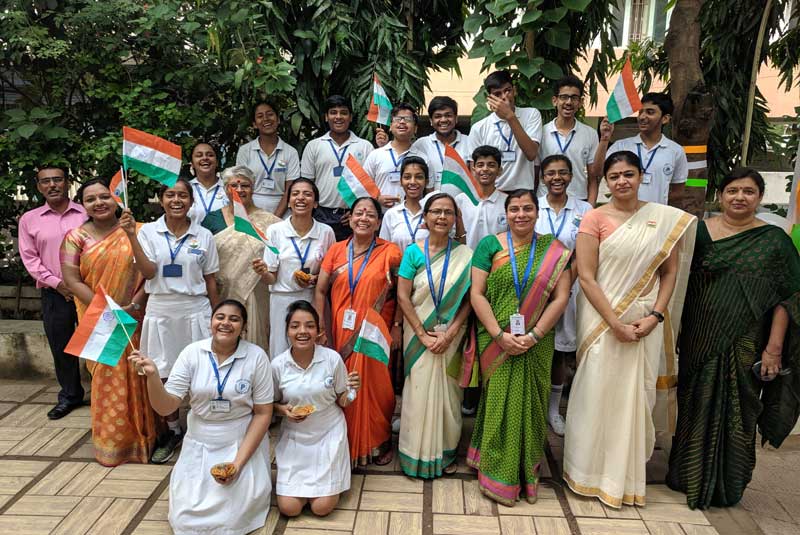About Us

History
Prarambhika is a place where students get knowledge and they learn to synthesise, analyse, apply and evaluate this knowledge being given to them. It is about sports and drama, quizzes and plays, music, dance, and any other skills the student wants to try. The curriculum at Prarambhika is guided by the principle of integrated education and it also learns from progressive international practices in school education.
Prarambhika has evolved from the collective conviction of the Core Team members about children, their learning experiences, and what adults can provide for them. We believe that there is much more to education than merely teaching a syllabus and preparing children for examinations. The respective Core Team members have been involved with complementary aspects of innovative school education for the last several years. Prarambhika is affiliated with the CBSE Board, New Delhi. The school is led and guided by a Core Team of two members: Mrs. Ranjana Chowdhary and Mr. Sumit Prakash
Our Philosophy
They say life is the biggest school and time the constant teacher. For over three decades, Prarambhika has been preparing its students by laying strong foundation of education and values, that will not only answer a childs' curiousty but will encourage them to stay curious.
Prarambhika's Principle
- Cross curriculum teaching methodology
- Experential learning
- Empathy towards the world we live in
- Collaborative learning
Our History
Prarambhika was founded on 15th July, 1980, by Mrs Ranjana Chowdhary on the principle that every child has a keen and sharp ability to learn. Also, learning should add to the over-all development of the student. While academic knowledge is essential and revered, it is not the complete picture. It has to be backed by a confident personality, a good character and intelligent thought. School should be a safe and fun place for the students and teachers. Prarambhika should be a place where each students feels happy, welcome, challenged and satisfied at the end of the day.


